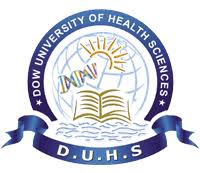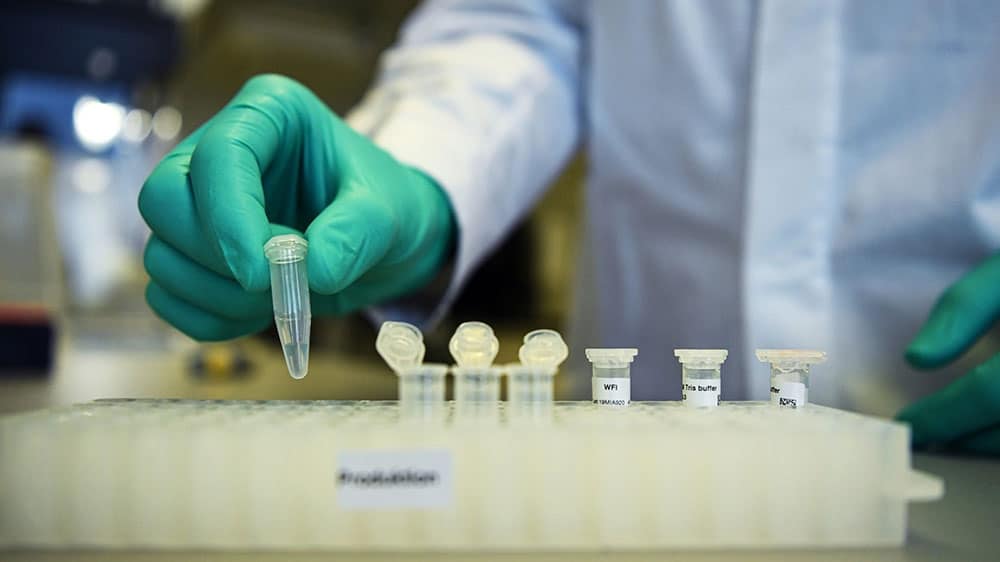Trending:
BISE Peshawar result 2025 |
BISE Abbottabad Result2025 |
BISE Mardan Result2025 |
BISE Bannu Result2025 |
BISE Swat Result2025 |
BISE Malakand Result2025 |
BISE Kohat Result2025 |
BISE DI Khan Result2025
Dow University’s COVID-19 Treatment Shows Positive Results

Health organizations and research centers around the globe are engaged to prepare a proper treatment and vaccine for the viral disease COVID-19. Many have already announced their researches and ready to launch it to go ahead in the race. As we know regarding various organization and research centers in Pakistan are trying their best to introduce the vaccine to fight with the pandemic. Reportedly, Dow University of Health Science DUHS has recently conducted the research and clinical trials in this regard and has successfully developed an intravenous immunoglobulin (IVIG) treatment to curb with the COVID-19. The clinical trials conducted by DUHS shown the positive trials which are a great achievement and development for the Pakistan.
The Dow University of Health Sciences officially stated that after the IVIG treatment the severely infected patients by coronavirus got completely recovered. The patients who were in the critical condition and admitted in ICU recovered on the 60% recovery rate when the trials conducted and 50% patients got completely recovered and discharged from the hospital within 5 days. Mostly patients who were tested positive and participants of the trials were above 60 years. The DUHS claims that the successful IVIG treatment under these critical conditions shows the effectiveness of the treatment.
It is mandatory to mention here that in April, the Dow University already shown interest and passion to develop the IVIG treatment to fight against the coronavirus and the university started its research after the approval of Drug Regulatory Authority Pakistan DRAP.
The Dow University of Health Sciences DUHS has successfully developed the IVIG treatment by the purification of the plasma chemically from the blood that was donated by the patients after the complete recovery from the disease. The IVIG treatment works by making the virus neutral and stabilizing the immune system whereas the antibodies present in the IVIG fight against the secondary bacterial infection.
The Dow University of Health Sciences officially stated that after the IVIG treatment the severely infected patients by coronavirus got completely recovered. The patients who were in the critical condition and admitted in ICU recovered on the 60% recovery rate when the trials conducted and 50% patients got completely recovered and discharged from the hospital within 5 days. Mostly patients who were tested positive and participants of the trials were above 60 years. The DUHS claims that the successful IVIG treatment under these critical conditions shows the effectiveness of the treatment.
It is mandatory to mention here that in April, the Dow University already shown interest and passion to develop the IVIG treatment to fight against the coronavirus and the university started its research after the approval of Drug Regulatory Authority Pakistan DRAP.
The Dow University of Health Sciences DUHS has successfully developed the IVIG treatment by the purification of the plasma chemically from the blood that was donated by the patients after the complete recovery from the disease. The IVIG treatment works by making the virus neutral and stabilizing the immune system whereas the antibodies present in the IVIG fight against the secondary bacterial infection.
Dow University of Health Sciences
Add a Comment
Comments will be shown after admin approval.
Spam comments will not be approved at all.
Intermediate Result 2025
Related Educational News
Matric Result 2025 Punjab
10th Class Result 2025 Punjab
9th Class Result 2025 Punjab Boards
10th Class Result Gazette 2025 Punjab
Punjab Past Papers Matric 9th 10th
Primary Results 5th & 8th Class
BISE Results Intermediate & Matric
BISE Punjab Boards
Sindh Educational Boards
KPK Examination Boards
Technical Boards
Public Service Commission
University Results Gruaduation, Masters Classes
Subscribe by Email
Subscribe by Email
Position Holders Matric 2025
Position Holders 9th Class 2025
Position Holders Inter 2025
Position Holders 11th Class 2025




